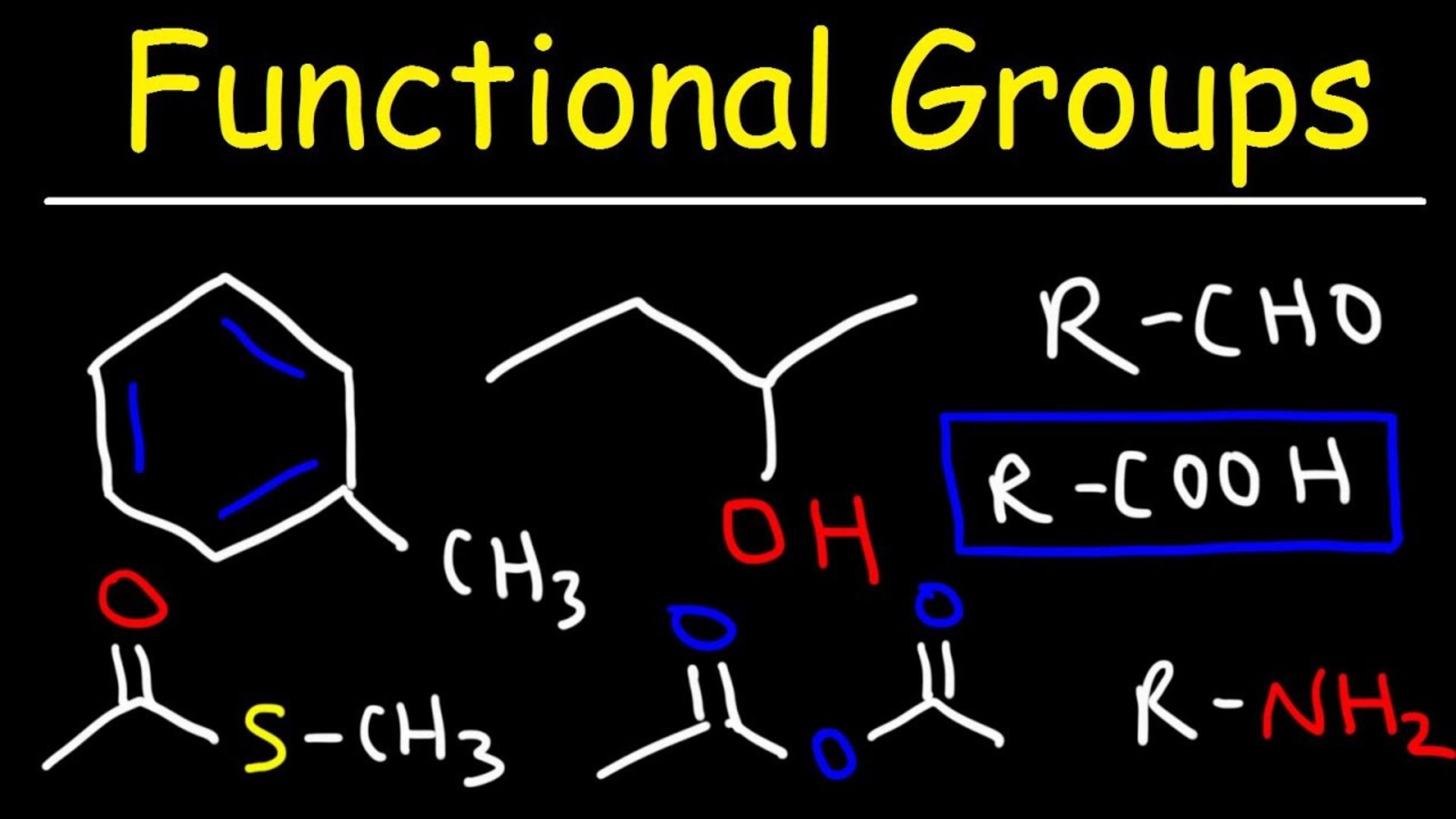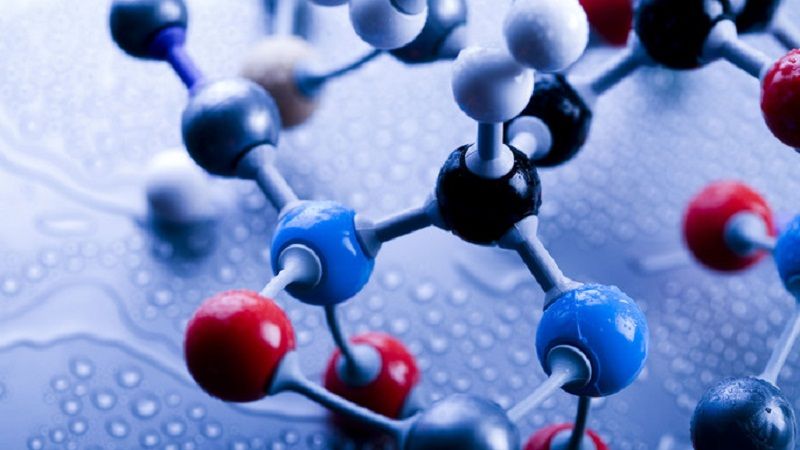Water chemistry is a fundamental aspect of environmental science, chemistry, and biology. Understanding the properties and processes of water is crucial for a wide range of applications, from environmental conservation to industrial processes. This article provides a comprehensive overview of water chemistry, including its unique properties, common processes, and the impact of these on natural and synthetic systems.

Water Chemistry Properties and Processes
Properties of Water
Polarity
Water is a polar molecule, meaning it has a partial positive charge on the hydrogen atoms and a partial negative charge on the oxygen atom. This polarity leads to hydrogen bonding between water molecules, which is responsible for many of water’s unique properties, such as its high boiling and melting points.
Cohesion and Adhesion
Water exhibits cohesion, the attraction between water molecules, and adhesion, the attraction between water molecules and other substances. These properties contribute to water’s high surface tension and capillary action, which are essential for processes like water transport in plants.
Solvent Properties
Water is known as the “universal solvent” due to its ability to dissolve a wide range of substances. Its polarity allows it to interact with various ionic and polar compounds, making it an effective medium for chemical reactions and biological processes.
Thermal Properties
Water has a high specific heat capacity, which means it can absorb and release large amounts of heat without significant temperature changes. This property helps regulate temperatures in natural and industrial systems, providing stability in both aquatic environments and climate systems.
Density and Phase Changes
The density of water varies with temperature, reaching its maximum at 4°C. Ice, which forms when water freezes, is less dense than liquid water, causing it to float. This unique property has significant implications for aquatic life and environmental processes.
Common Water Processes
Evaporation and Condensation
Evaporation is the process by which water changes from a liquid to a gas (water vapor) at the surface of a body of water. Condensation is the reverse process, where water vapor cools and changes back into liquid water. These processes are integral to the water cycle, influencing weather patterns and climate.
Precipitation
Precipitation occurs when water vapor in the atmosphere condenses into droplets heavy enough to fall to the ground. This includes rain, snow, sleet, and hail. Precipitation is a key component of the water cycle, replenishing groundwater and surface water sources.
Filtration and Purification
Water filtration and purification are processes used to remove impurities and contaminants from water. Techniques include mechanical filtration, chemical treatment, and biological processes. These methods are essential for providing clean drinking water and treating wastewater.
pH and Acid-Base Reactions
The pH of water measures its acidity or alkalinity on a scale from 0 to 14, with 7 being neutral. Water’s pH can be affected by dissolved substances and environmental conditions. Acid-base reactions involving water, such as the dissociation of acids and bases, play a crucial role in chemical and biological systems.
Hydrological Cycle
The hydrological cycle describes the continuous movement of water on, above, and below the Earth’s surface. It includes processes such as evaporation, condensation, precipitation, infiltration, and runoff. Understanding the hydrological cycle is essential for managing water resources and predicting environmental changes.
Impact of Water Chemistry
Environmental Impact
Water chemistry significantly affects ecosystems and environmental health. For example, changes in water pH can impact aquatic life, while pollutants can alter water quality and harm organisms. Monitoring and managing water chemistry is crucial for environmental conservation and sustainable water use.
Industrial Applications
In industrial settings, water chemistry is critical for processes such as cooling, manufacturing, and chemical reactions. Understanding water properties and treating water to meet specific quality standards are essential for efficient and safe industrial operations.
Health and Safety
Water quality and chemistry are vital for human health. Contaminants such as heavy metals, pathogens, and chemicals can pose health risks if present in drinking water. Regular testing and treatment are necessary to ensure safe and clean water for consumption.
Future Trends and Innovations
Advanced Water Treatment Technologies
Innovations in water treatment technologies are improving the efficiency and effectiveness of water purification. Techniques such as reverse osmosis, nanofiltration, and advanced oxidation processes are being developed to address emerging contaminants and improve water quality.
Sustainable Water Management
Sustainable water management practices aim to balance water use with conservation efforts. Strategies include water recycling, efficient irrigation techniques, and the protection of water sources. Addressing challenges related to water scarcity and pollution is crucial for future water sustainability.
Climate Change Implications
Climate change impacts water chemistry and availability. Changes in temperature and precipitation patterns can affect water quality and availability, leading to increased challenges in water management and conservation. Understanding these impacts is essential for developing adaptive strategies.
Conclusion
Water chemistry encompasses the study of water’s unique properties, processes, and impacts. Understanding these aspects is essential for addressing environmental challenges, ensuring safe water supplies, and optimizing industrial processes. Continued research and innovation in water chemistry will play a crucial role in managing water resources and protecting the environment for future generations.




